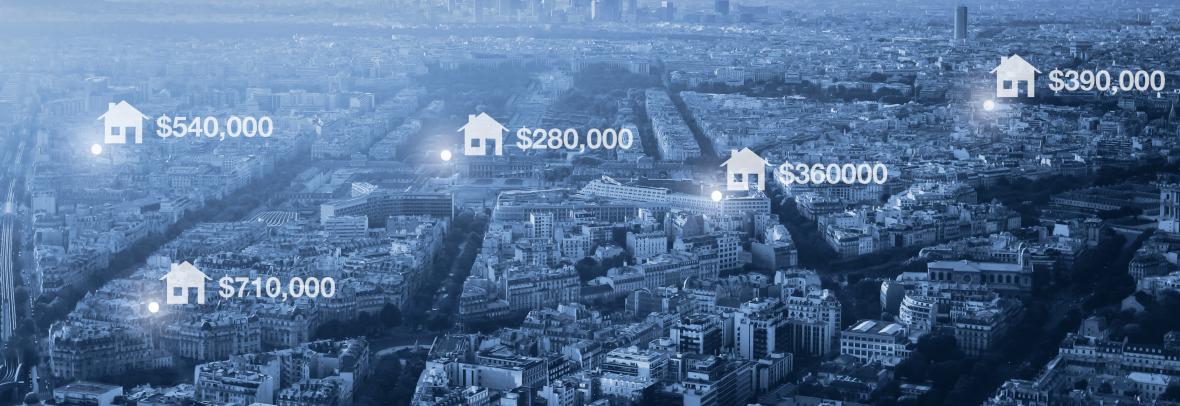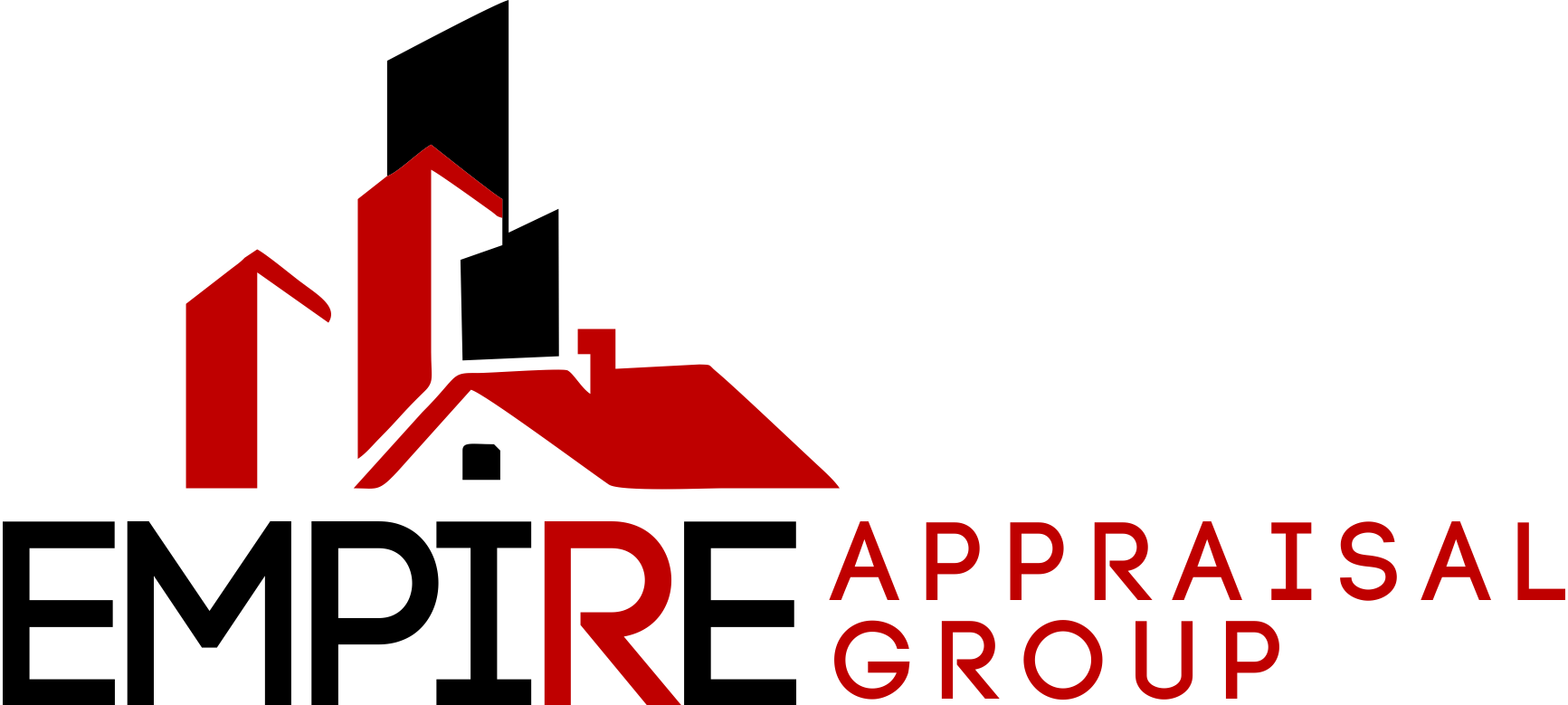
Today’s market isn’t like the boom-bust cycle leading up to the Great Recession: Tough loan standards are the norm, plus many factors have kept housing supply low.
MCLEAN, Va. – Exuberant buying – with multiple offers and bidding wars – has become common across the country, reminiscent of the fevered market before the 2008 housing crash. Home prices nationwide increased year-over-year by 18% in July 2021, the largest annual growth that CoreLogic Home Price Index has measured in its 45-year history.
That leads to the inevitable question: Will history repeat itself?
USA TODAY spoke to eight experts to find out if a housing crash is on the horizon.
The short answer? No.
For one, they say the housing market in 2021 is not like the boom-bust cycle leading up to the Great Recession. In the years before 2008, mortgage lenders made subprime loans to borrowers without verified income or adequate down payments while pushing risky loan products. This time, tough loan underwriting standards are the norm even with rock-bottom interest rates.
On the supply side, a decade of underbuilding of homes, regulatory barriers, high construction costs combined with people staying longer in their homes have kept housing inventory low.
When it comes to demand, buyers’ desire for more space during the pandemic, low mortgage rates, rising savings, an improved labor market and millennials reaching their peak homebuying age have contributed to the tightening of the inventory.
But … home price growth will decelerate in the coming year, experts predict.
Stronger mortgage market
In the mortgage market of 2006, there was a proliferation of high credit risk mortgage products, while about one-third of all mortgages were low or no-documentation loans or subprime loans, says Frank Nothaft, chief economist for CoreLogic.
“It was a complete erosion and deterioration of credit underwriting standards in the economy, in the mortgage market,” he says. “The no-documentation loans were commonly referred to as liar loans because you’d lie about your income, you’d lie about your employment, you’d lie about your financial assets.”
This time around, it is completely different, he says.
“We have high-quality mortgage origination standards, and so we don’t have mortgage finance fueling home price growth today,” he said.
Forbearance programs
One of the lifelines for homeowners during the COVID-19 pandemic has been forbearance, an ability to skip or make smaller monthly payments on mortgages under the CARES Act.
That left homeowners with more cash for emergencies.
In May 2020, two months after the pandemic caused havoc in the economy, more than 4 million U.S. mortgages were in forbearance. Currently, there are an estimated 1.6 million homeowners in forbearance plans, which will start winding down by the end of September, according to the Mortgage Brokers Association.
Given the strong housing market and price appreciation, banks are more likely to work with borrowers to restructure their loans.
Those who are not able to make the payments might decide to sell their homes and enter the rental market, says Jeff Taylor, managing partner at Mphasis Digital Risk, a technology and risk firm that consults with mortgage lenders.
“We are currently guesstimating about probably 8% to 10% will actually have to go through the foreclosure process,” he says. “And it’s going to be geographically spread out so it will not have a big impact on the housing market.”
To put that in perspective, more than 11 million mortgages entered the foreclosure process between 2008 and 2012 – which included the Great Recession – according to the Federal Reserve Bank of St. Louis.
Two economies
“The pandemic caused much more economic damage to lower-wage earners than mid-and upper-tier salary types, who tend to be homeowners more than renters,” says Jonathan Miller, a state-certified real estate appraiser in New York and Connecticut.
With a rapid run-up in prices, homeowners have a record amount of equity at their disposal and, unlike the mid-2000s, are not leveraged to the hilt, Miller says.
“They’re not using equity like an ATM in their home – like they did during the bubble – because the economy is fundamentally better,” he says. “I anticipate more of a plateauing phenomenon,” with home prices, he says, rather than “some sort of sharp correction.”
Millennial homebuyers
The most significant housing demographic patch ever recorded in history – roughly 32.5 million people between ages 27 to 33 – will be actively trying to buy homes through 2024, according to housing analyst Logan Mohtashami.
“While I have been on record many times saying this housing cycle is the unhealthiest housing market post-2010, it’s not because we have a terrible credit boom. It’s because homeowners look great financially, they live in their homes longer than ever and the inventory shortage is creating forced bidding,” he says.
Indeed, homeowners nationwide are remaining in their homes longer than ever. In 2020, a typical homeowner lived 13 years in a home, up from 8.7 years in 2010, and 6.4 years in 2005, respectively, according to Redfin, a full-service real estate brokerage.
Not over-leveraged
The additional scrutiny of income and assets and the end of ‘silent seconds’ (a second mortgage placed on an asset for down payment funds that are not disclosed to the original mortgage lender) have been instrumental in establishing the ability to pay for home buyers, says Benjamin Keys, a professor of real estate in the Wharton School at the University of Pennsylvania.
“Default rates on mortgages were extremely low prior to the COVID programs put in place, and I expect that default rates will return to that level when the economy fully recovers,” he says.
Most of the growth in home prices is automatically addressed by lower mortgage rates and higher incomes, says Taylor Marr, lead economist for Redfin.
“The higher income includes all of the stimulus money that has gone out over the last year that allowed people to put a little bit more money down to cover the closing and moving cost,” Marr says.
Marr adds that he expects the strong demand to continue as more listings come on the market.
“It really will be just moving forward in a healthy direction where price growth is expected to slow down from double digits to single digits next year as mortgage rates rise,” he says. “But not so much where there’s a correction in prices.”
Still facing a housing shortage
An underbuilt market is one of the factors helping sustain valuation in the hot housing market.
An analysis by housing giant Freddie Mac suggests that the housing shortage has increased 52% from 2.5 million in 2018 to 3.8 million in 2020.
The decline in entry-level housing is even more pronounced than the overall shortage, it found. The share of entry-level homes in overall construction declined from 40% in the early 1980s to around 7% in 2019.
“A lack of supply rather than credit-driven speculation is driving house price growth,” says Leonard Kiefer, deputy chief economist at Freddie Mac. “House prices may be high, but there are some fundamental economic forces and not just speculation and very loose credit holding up the values.”
Even a price drop should not affect the housing market because of the pent-up demand and people who were priced out, says Lawrence Yun, chief economist for the National Association of Realtors.
“They’ll just jump back into the market, viewing it as a second opportunity,” he says. “We are still facing a housing shortage with inventory still down from one year ago and significantly down from two years ago.”
Why home price growth will slow
Most experts predict an increase in inventory heading into spring 2022.
Some of it will come from new construction, or from older homeowners who had postponed listing their home for sale the last two years because they didn’t want to sell and move during a pandemic, says Nothaft.
A segment of the population of borrowers who are in forbearance and are unable to make mortgage payments also are expected to sell their homes, he said.
“I don’t think that’s going to be a big number, but it will add to the inventory for sale,” says Nothaft.
Added to that, if mortgage rates go up next year, it could further erode affordability and reduce the number of prospective home buyers in the marketplace. “So between less demand and more supply, the price growth will slow down,” says Nothaft.
Copyright © 2021, USATODAY.com, USA TODAY
